Commentary: Trade war risk military crises
Published in Political News
This week, the U.S. and China reached an initial trade agreement that will, in theory, halt the countries’ slide toward a full-blown trade war.
Yet the dynamics that fueled President Donald Trump’s attempt to single-handedly decouple the world’s two largest economies persist. Absent more vigorous efforts to limit misunderstandings and miscalculations between Washington and Beijing, the two countries could easily re-enter the escalatory spiral they’re trying to escape — not only threatening Americans’ pocketbooks, but risking disastrous military conflict.
History is full of examples where trade wars, boycotts, and competition over trade routes and markets led to military-political crises and conflict — just look at the Anglo-Dutch Wars of the 17th century, the Opium War between Great Britain and China in the 19th century, or the run-up to the U.S.-Japan conflict during World War II. During the Cold War, confrontation over trade and economic issues between Washington and Moscow contributed to the exacerbation of their military and overall strategic animosity.
In most such cases, conflicts or crises arose from efforts by one or more parties to use military violence to block trade routes, force open — or monopolize — a market, or apply decisive economic pressure to achieve political concessions or block technology acquisitions.
Often, those countries employing military force were acting out of a sense of desperation, or because of a false belief that they enjoyed a lasting level of military superiority. Regardless, misperceptions and miscalculations abounded, resulting from hubris, deep-rooted historical or cultural biases, poor diplomatic signaling, or poor intelligence regarding capabilities and intentions. And regular people paid the price for these mistakes.
America’s relationship with China today exhibits many similar characteristics — parallels which should chasten those in Washington who see the forced decoupling of the world’s two largest economies as more promising than dangerous.
For example, in prosecuting the trade war, Trump operates based on a wide range of largely false assumptions and images about global trade, Chinese attitudes and behavior, and U.S. strategic advantages over China. He views trade surpluses with the United States as a form of theft, tariffs as a source of painless revenue, and China as an unqualified economic predator. He also apparently believes that a tariff-generated trade war will greatly boost U.S. manufacturing, lower prices, and increase overall living standards for Americans.
And the actions he takes, based on these false views, appear to be driven by overconfidence that America enjoys a clear economic superiority in any contest with China. Finally, reinforcing Trump’s perception of Beijing as an economic predator is a broader popular image of China as a democracy-destroying, norm-busting, communist nation bent on replacing the United States as the dominant global power.
Likewise, for its part, Beijing’s confrontational response to Trump’s tariff war, although justified in some ways, incorporates a slew of equally deep-seated images and distortions about the U.S. and the West in general — some of which may be accurate, while many are not.
On the broadest level, many Chinese harbor a deep-seated historical sense of suspicion and resentment toward the United States and other Western powers, originating from their so-called Century of Humiliation at the hands of the imperialist West and Japan.
Reinforcing this historical Chinese pessimism toward the United States is an increasingly widespread and firm belief sustained by the Chinese Communist Party that Washington is committed to containing and weakening China as a nation in order to sustain its own global hegemonic power.
In fact, Trump’s tariff attack on China is viewed by many Chinese as a weapon in that containment effort. In response, Beijing has adopted a predictably vigorous “tit-for-tat” stance, willing to meet every U.S. escalation with an equal or even greater escalation, secure in the rather arrogant belief that China is acting out of moral principle against an unjust opponent.
All of these dynamics combine to produce a volatile mix that could turn an escalating trade war into something more dangerous, with each side acting out of a sense of distrust, hostility, and resentment. Given the recent agreement, we may still be far from seeing U.S.-China trade disputes transform into any sort of military confrontation; the stakes are simply not high enough to justify the risks involved in two nuclear powers resorting to military force to resolve economic disputes.
Nevertheless, worsening conflict over trade, driven by hardening negative assessments of each side’s overall strategic intentions, could lower the threshold for smaller crises over Taiwan or disputes in the South China Sea or cause one or both sides to resort to severe, non-trade-related punishments — outcomes that could fuel dangerous political-military escalations and lead to the worst case scenario: a direct U.S.-China military confrontation.
Unfortunately, Beijing and Washington lack reliable and effective means of averting and successfully managing any such crises. A physical hotline of sorts exists, but it does not function effectively for several reasons, including the lack of a clear protocol for establishing communication as early as possible in a crisis.
In addition, the two sides no longer have mutually trusted interlocutors with deep experience in the relationship who can share views in an unofficial manner, thus reducing misperceptions. Moreover, crisis management is incorrectly treated by both sides as largely a military-to-military issue. In fact, any serious Sino-American crisis will be managed by senior civilian officials.
Yet there is little evidence that such officials are briefed on the specific pitfalls involved in accurately assessing and responding to the crisis behavior of the other side. And yet such guidelines exist. And this is all made worse by the significant uncertainties presented by a U.S. president who does not seem to value expert advice, preferring instead to govern based on his instincts.
Persistent U.S.-China trade conflict doesn’t just pose massive risks to U.S. companies and consumers — it could help fuel dynamics on both sides that could lead to a mutually destructive conflict.
Beijing and Washington should build on the welcome progress they’ve made in defusing this trade war and urgently work to establish mechanisms to mitigate the risk that such disputes will spiral into military confrontation.
____
Michael Swaine is Senior Research Fellow for the Quincy Institute for Responsible Statecraft.
_____
©2025 Tribune Content Agency, LLC.
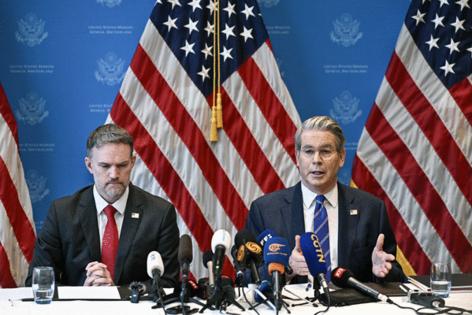


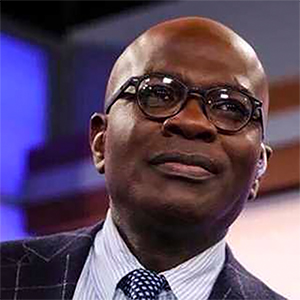



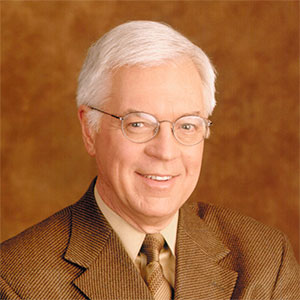

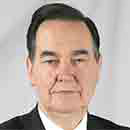

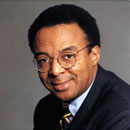







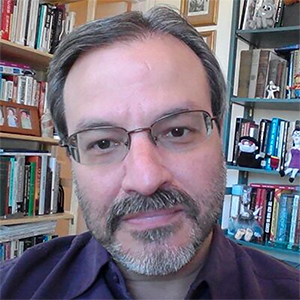







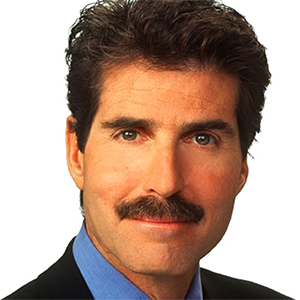

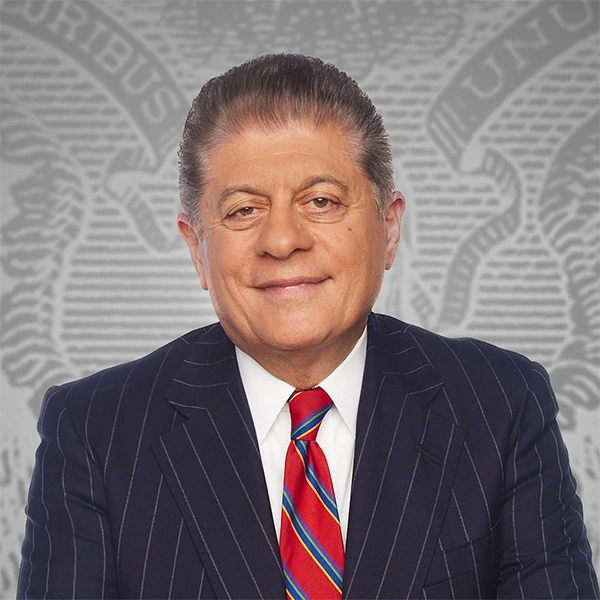



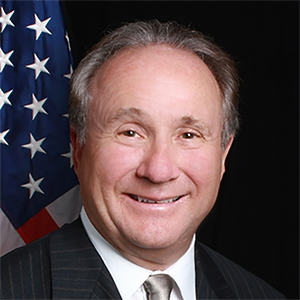


















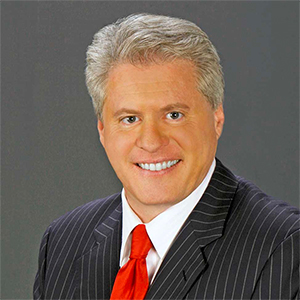




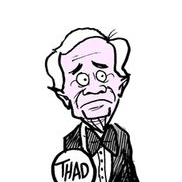
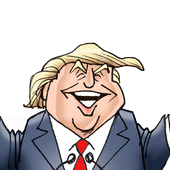
Comments